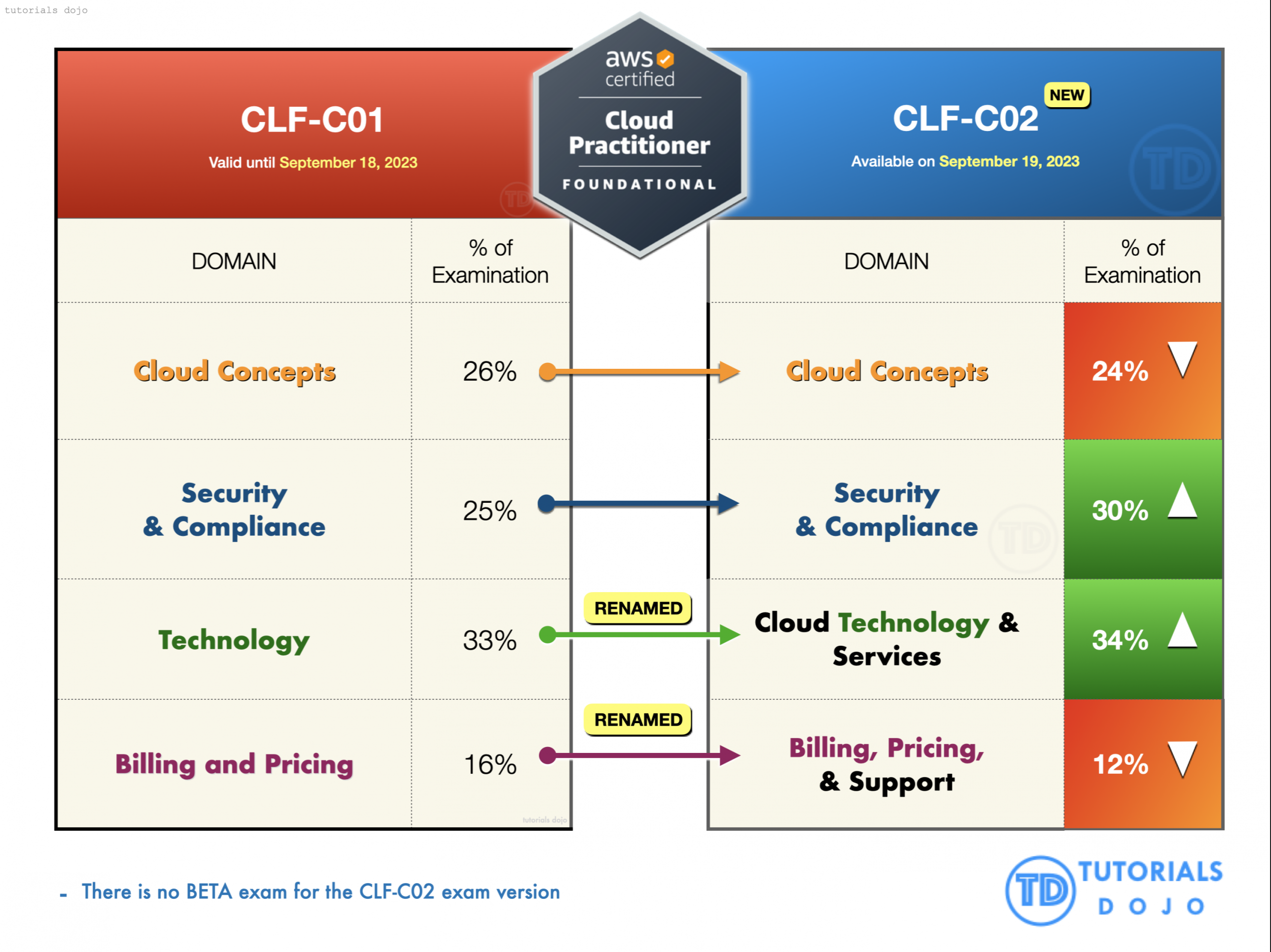Customizing Your AWS Control Tower Landing Zone
Bill Junidez Liad2023-08-10T01:42:13+00:00AWS Control Tower is an AWS solution that simplifies the management of multi-account AWS installations. Although it provides default configurations to create a landing zone, customizing it is still essential to meet specific organizational requirements. Organizations can tailor access controls, organizational structures, and resource provisioning processes. This article explores different ways to customize the landing zone, enabling organizations to optimize the benefits of AWS Control Tower and create a specialized environment that aligns with their unique needs. Customizing the landing zone allows businesses to improve management, security, and compliance within their AWS environment. Customizations from AWS Control Tower Console These [...]










